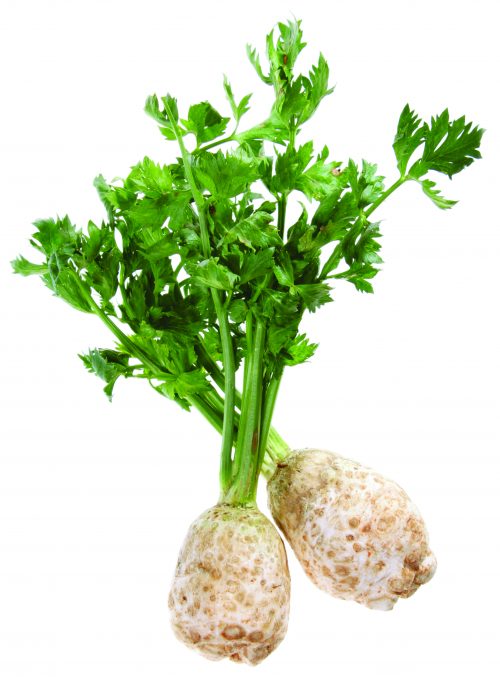
Celeriac (pronounced ce-LE-ri-ac) has a distinct celery flavour and a potato-like texture.
Buying
This easy-to-grow root vegetable’s swollen base reaches about 10cm in diameter when mature. Celeriac is often bought in shops without the tops, but the leaves can also be used in salads, soups and stews.
Storing
Celeriac stores well in the fridge. Or keep celeriac for up to four months in a cool, dark place without allowing the vegetable to dry out. Celeriac is good to freeze: first peel, dice and blanch the vegetable for three minutes. Dry the cooked celeriac, open freeze on plastic trays, then store in plastic bags.
Using celeriac
If you harvest your own celeriac, soak the root vegetable for 30 minutes to make scrubbing easier. Celeriac can be eaten raw or cooked (prepare as you would boiled potatoes). This low-kilojoule vegetable adds fibre to the diet and with its milder and sweeter celery flavour, celeriac is excellent added to mashed potato. Or swap potatoes in a bake for celeriac for a delicious, vegetable side dish (see HFG potato bake). Celeriac is great in soups, stews, casseroles, stir-fries and curries, or grate or finely-slice the raw vegetable into a winter’s salad: toss grated celeriac with light mayonnaise, lemon juice, mustard, parsley and black pepper.
Did you know? Celeriac was developed in Europe from the original celery plant, which also has an edible but smaller root.
www.healthyfood.com










